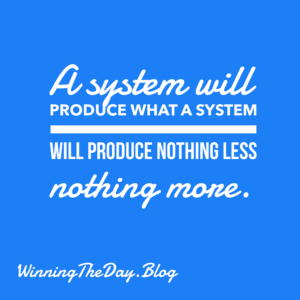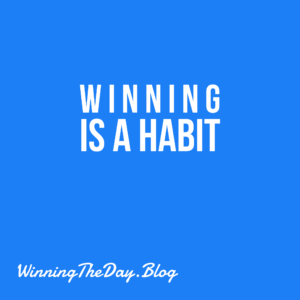We all know that when it comes to real estate, it’s all about location, location, location.
National headlines can paint a broad picture, but the truth is, housing trends are incredibly local and regional. Recent insights from The Wall Street Journal articles, “Are Home Values About To Fall? ” (March 3, 2025) and “Selling Your House This Spring? You Might Need to Cut the Price” (March 29, 2025), highlighted this national divergence, showing how inventory and seller leverage are shifting unevenly across the US.
According to the Journal, national housing inventory is still below pre-pandemic levels as homeowners with those coveted low mortgage rates hesitate to sell. However, some states, particularly in the South like Texas and Florida, are seeing a surge in supply, partly due to new construction hitting the market at a time when buyer demand is somewhat tempered by higher mortgage rates. This oversupply in certain areas could lead to price adjustments.
Conversely, the WSJ also pointed out that parts of the Northeast and Midwest are still grappling with a severe shortage of homes for sale, potentially keeping prices firm in those regions. This uneven recovery underscores the hyper-local nature of real estate.
But let’s zoom in on our own Golden State. Did you know that even within California, the housing market isn’t one single entity? According to data from Altos Research, California as a whole is currently sitting on a Market Action Index (MAI) of 42. This suggests a slight seller’s advantage, meaning there are still more buyers than available homes, giving sellers a bit of an edge.
However, dig a little deeper, and you’ll see a fascinatingly nuanced picture. For instance, here in Orange County, the Market Action Index jumps to a strong 50. This indicates a solid seller’s market, where demand significantly outweighs supply, likely leading to quicker sales and potentially higher prices – a trend that might buck the potential price softening the Journal mentioned in oversupplied national markets.
Now, let’s head north to Alameda County. The Altos Research data reveals an even stronger seller’s market there, with a Market Action Index of 56! This suggests even fiercer competition among buyers and greater leverage for those putting their homes on the market, further emphasizing the regional variations within California that the national WSJ articles allude to on a state-by-state basis.
So, what does this tell us?
While national trends offer valuable context, as highlighted by the Wall Street Journal‘s analysis of differing state-level recoveries, understanding the hyper-local dynamics is crucial. The factors driving the slight seller’s advantage across California might be very different from what’s creating a strong seller’s market in Orange County or an even more robust one in Alameda County. Inventory levels, buyer demand (which the Journal noted is fragile nationally), local economic conditions, and even the lingering effects of those low pandemic mortgage rates all play a role in shaping these distinct regional markets.
Just as the Wall Street Journal pointed out the contrasting inventory situations between states, we see a similar story unfolding within California itself, as evidenced by the differing Market Action Indices. What might be true for the state overall doesn’t necessarily reflect the realities on the ground in your specific city or even your neighborhood.
So, the next time you hear about national real estate trends, remember that the picture is far more intricate.
Here in California, and across the country, the housing market is a mosaic of local stories, each with its own unique dynamics. Keeping an eye on these regional and even hyper-local indicators, like the Market Action Index from Altos Research, in conjunction with the broader national trends discussed in The Wall Street Journal, is key to truly understanding what’s happening in your own backyard.




